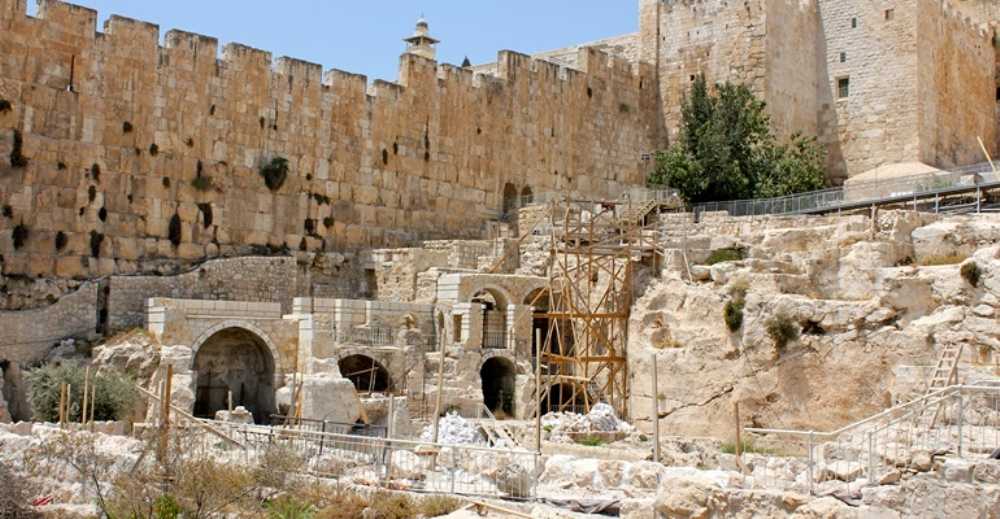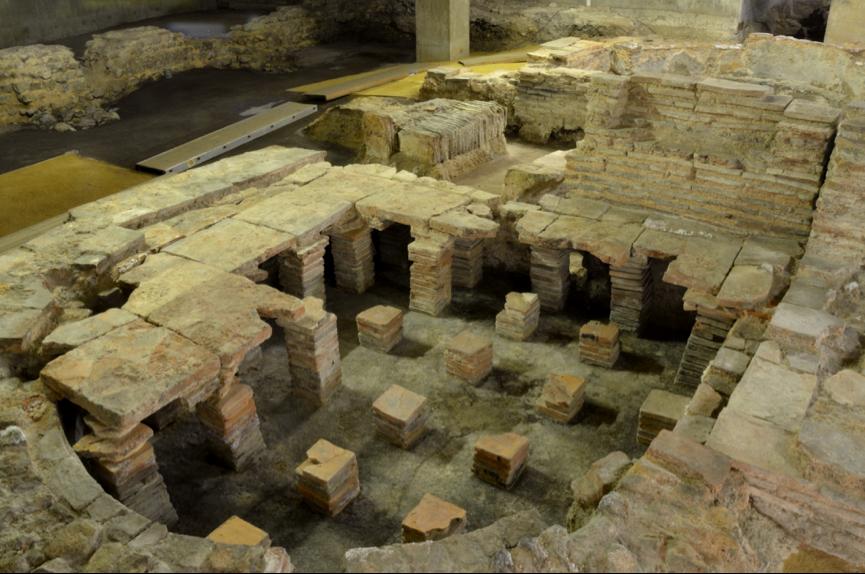Religion are important - they influence worldview, education, and personality. So what kind of religions do you want in your worldbuilding?
 |
| Shinto shrine |
everywhere - like Christianity, Islam, or Buddhism. An ethnic religion is the religion of a specific group of people - like Alawites, Jews, or the Japanese [Shinto]. Sometimes one kind of religion can evolve into the other.
Universal religions often have an imperative to proselytize. This can be anything from publishing tracts to LDS missionaries knocking on your door at 8:00 AM all the way to inquisitions and holy wars. Ethnic religions...not so much, although there are exceptions.
2. Syncretic vs. discrete religions. A discrete religion is one that seems to have only one source. If it has more than one, those others are lost in time. Syncretic religions have combined and drawn inspiration from several faiths that have come before.
 |
| Shrine to Oshun [Lukumi] |
Important: Syncretic or discrete is not a value judgment; it doesn't reflect on the truth or authenticity of the faith.
3. Polytheistic vs. monotheistic religions. This distinction is fuzzier than it looks. For instance, a polytheistic religion may consider its pantheon to be different aspects of a single ultimate deity.
 |
| Pantheon of Rome |
even created. The Romans were famous for importing gods from other cultures, and discarding ones they considered scandalous. They even made Julius and Augustus Caesar into gods postmortem, and deified the city of Rome itself. They also adopted Greek gods and identified them with Roman ones.
People can think of gods - and saints, and orishas, and loa - as mascots. A Catholic might wear a St. Anthony medal just as a Santéro might wear the red and white colors of Shango.
4. Mystery Religions/Secret Societies - religions that test applicants before they are accepted, and maintain secrecy about their rites. In the Greco-Roman world, these included the Eleusinian and Mithraic Mysteries. We don't know much about them because they kept their secrets very, very well - but their influence was undeniable.
5. Hierarchical vs. congregational - some religions maintain a hierarchy that determines dogma, chooses priests, and enforces religious law. Other faiths are "bottom up" - local congregations make decisions. Roman Catholicism is hierarchical; Judaism is congregational.
 |
| The Byzantine eagle - the two heads symbolize power over religious and secular affairs |
6. Caesaropapism - the state controls the religious hierarchy. The Emperor of Byzantium was also the head of the Orthodox Church, and Queen Elizabeth is officially the head of the Church of England. With Caesaropapism, universal religions shade closer to ethnic ones.
7. A religion doesn't HAVE to have gods in the traditional sense; or it can have deities that do not require worship. A case can be made that Soviet Marxism was a religion, despite its materialism. Confucianism is focused more on right action in this world than on supernatural questions. Many schools of Buddhism acknowledge the existence of gods, but consider them a distraction from enlightenment.
8. The distinctions between religion, philosophy, and magic are fuzzy.
Treat the worldview of others with respect.
8. The distinctions between religion, philosophy, and magic are fuzzy.
Treat the worldview of others with respect.





